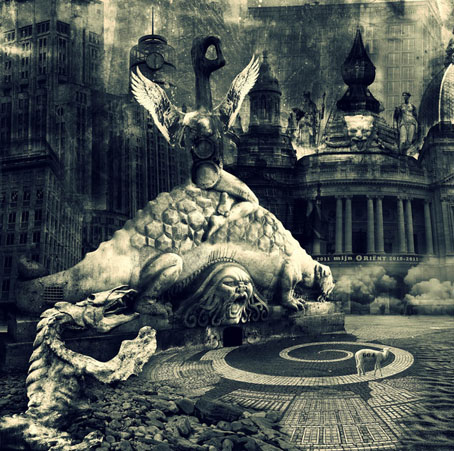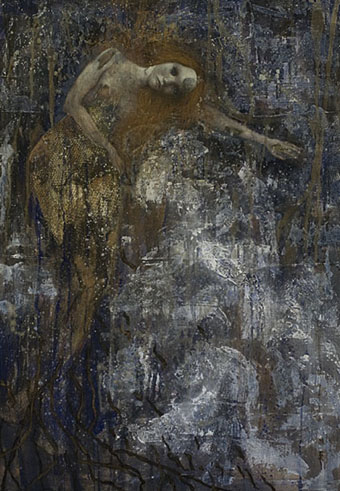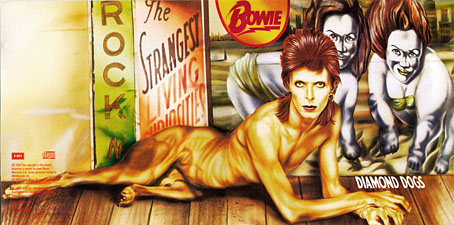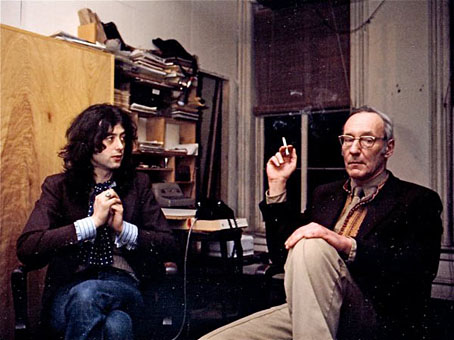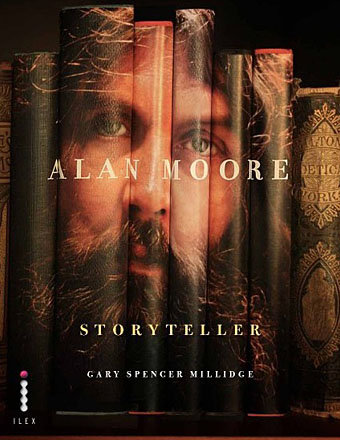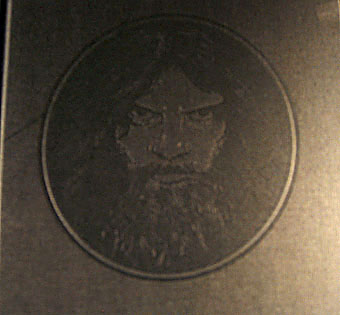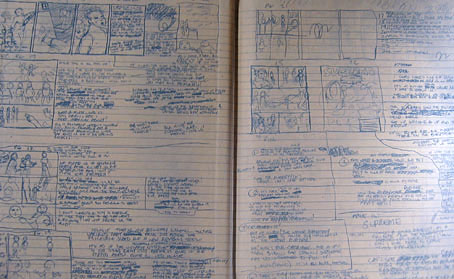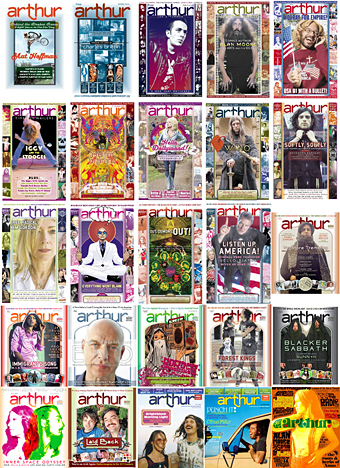The Garden of Urban Delights (2010) by Marcin Owczarek.
His protagonists are misfits: alienated, implicitly gay, longing for love, frequently hard to be around, always fixated on small pleasures that compensate for an essential feeling of not belonging. […] His patroness Edith Sitwell termed him “that rare being, a born writer.” William Burroughs dedicated The Place of Dead Roads to him, declaring Welch “certainly the writer who most directly influenced my work.” John Waters has called In Youth is Pleasure “so precious, so beyond gay, so deliciously subversive, [it] is enough to make illiteracy a worse social crime than hunger.”
Sadie Stein on Denton Welch, a writer I’m embarrassed about still not having read. Edith Sitwell and William Burroughs had a famously disputatious correspondence in the pages of the TLS over The Naked Lunch. An appreciation of Welch’s work was one of the few things they had in common.
• Don’t mention guitars: Robert Hampson on acousmatic music, the curse of Loop and the rebirth of Main.
• No Straight Lines: A Collection Of Queer Comics part one, part two, part three. A history by Justin Hall.
• Pieces Of Gold by The Aikiu: shots from gay porn videos repurposed via some smart editing.
• RIP Ilhan Mimaroglu, electroacoustic composer. Ubuweb has a selection of his recordings.
“A good ground rule for writing in any genre is: start with a form, then undermine its confidence in itself,” he says. “Ask what it’s afraid of, what it’s trying to hide – then write that.” For Harrison, the most satisfying writers are “at odds with their cultural context. They’re trying to fit in and failing, or they’re trying to remove themselves and failing. The attempt to resolve the conflict is an angle – a frame or a context – in itself.”
The Guardian’s A Life in Writing profiles M. John Harrison. His new novel, Empty Space, was published on Thursday. There’s also this recent video interview with Arc magazine.
• Stephen Usery interviews editor Russ Kick about The Graphic Canon: Volume One.
• At home with Prince Zaleski, the “most decadent and imperial detective in fiction”.
• A Visit with Magritte: photographs by Duane Michals.
• Loitering airships could dispense drones on demand.
• Creating a Forever Object: Ian Schon’s Pen Project.
• A Tumblr for the late, lamented Arthur Magazine.
• “Few cities can boast a railway line for the dead.”
• The Lost Tapes by Can: An Oral History.
• Space Reflex (1963) by Dick Hyman & Mary Mayo | Space Is Deep (1972) by Hawkwind | Space Is The Place (1973) by Sun Ra | Space Moment (1995) by Stereolab | Space Pong (2006) by T++

